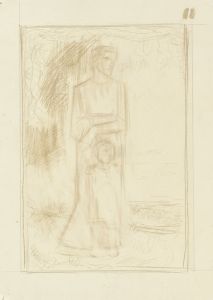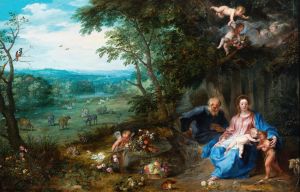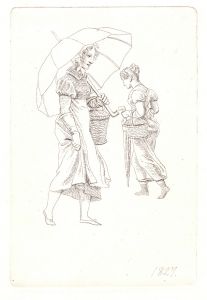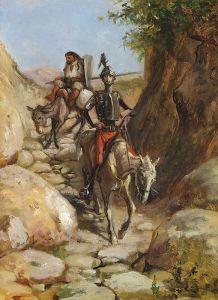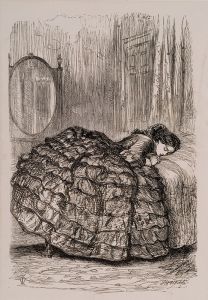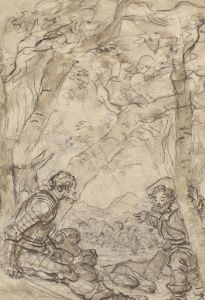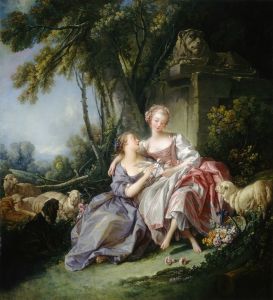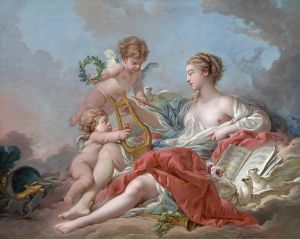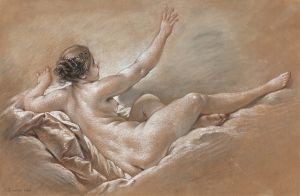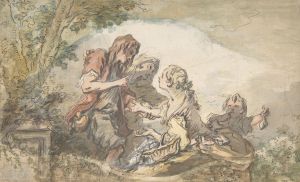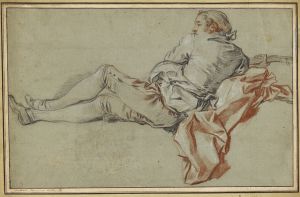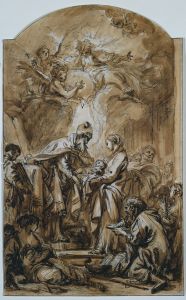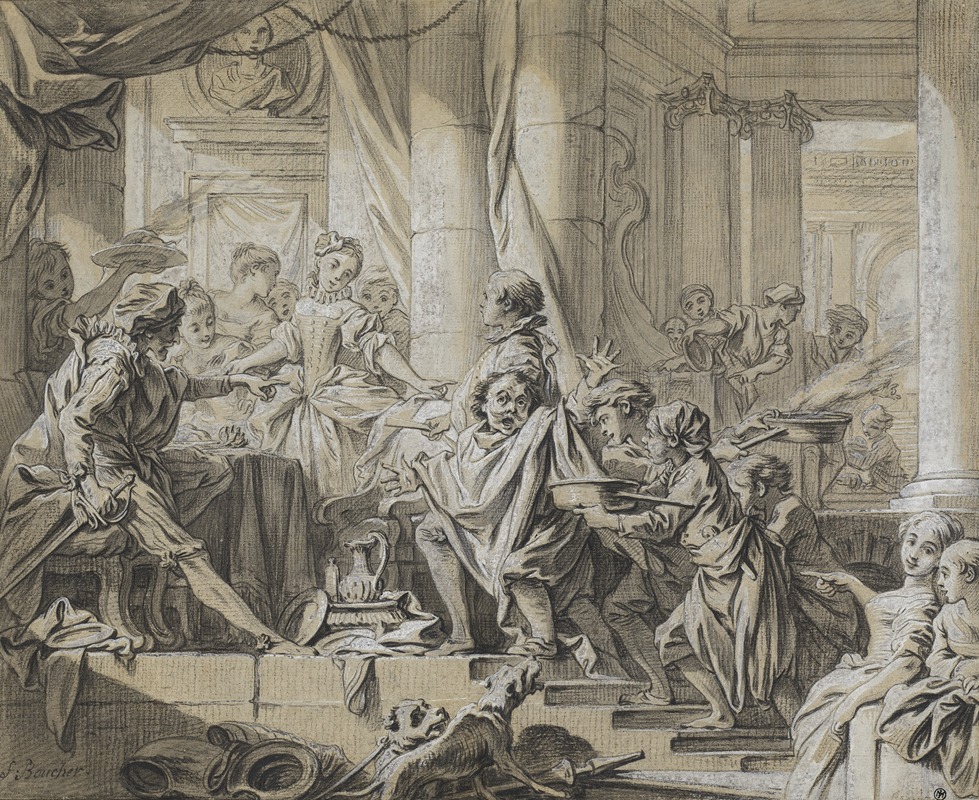
Sancho Fleeing from the Servants of the Duke
A hand-painted replica of François Boucher’s masterpiece Sancho Fleeing from the Servants of the Duke, meticulously crafted by professional artists to capture the true essence of the original. Each piece is created with museum-quality canvas and rare mineral pigments, carefully painted by experienced artists with delicate brushstrokes and rich, layered colors to perfectly recreate the texture of the original artwork. Unlike machine-printed reproductions, this hand-painted version brings the painting to life, infused with the artist’s emotions and skill in every stroke. Whether for personal collection or home decoration, it instantly elevates the artistic atmosphere of any space.
François Boucher was a prominent French painter of the Rococo style, known for his idyllic and voluptuous depictions of classical themes, decorative allegories, and pastoral scenes. One of his works, "Sancho Fleeing from the Servants of the Duke," is an illustration inspired by the famous Spanish novel "Don Quixote" by Miguel de Cervantes. This painting reflects Boucher's skill in capturing the whimsical and humorous aspects of Cervantes' narrative.
"Sancho Fleeing from the Servants of the Duke" portrays a scene from the second part of "Don Quixote," where Sancho Panza, the loyal squire to the titular character Don Quixote, finds himself in a predicament involving the Duke and Duchess who play elaborate pranks on him and his master. In this particular episode, Sancho is depicted in a moment of comic relief, fleeing from the Duke's servants. Boucher's interpretation of this scene is characterized by his typical use of soft colors, fluid lines, and a sense of movement that brings the narrative to life.
The painting exemplifies Boucher's ability to blend narrative content with the decorative elegance that was highly prized in the Rococo period. His work often featured a light-hearted and playful approach, which is evident in the way he captures Sancho's exaggerated expression of alarm and the dynamic poses of the figures involved. The composition likely includes lush landscapes and ornate details, which are trademarks of Boucher's style, providing a picturesque backdrop that enhances the theatricality of the scene.
Boucher's choice to depict a scene from "Don Quixote" aligns with the 18th-century European fascination with Cervantes' work, which was celebrated for its satirical take on chivalric romances and its exploration of reality versus illusion. This cultural context may have influenced Boucher's decision to illustrate this particular episode, as it allowed him to explore themes of folly and adventure within a visually engaging framework.
The painting would have been created during a time when Boucher was at the height of his career, enjoying patronage from the French court and aristocracy. His works were in high demand, and he was known for his ability to produce paintings that were both aesthetically pleasing and intellectually engaging. "Sancho Fleeing from the Servants of the Duke" would have appealed to contemporary audiences who appreciated both the literary reference and the artist's masterful execution.
While specific details about the provenance or current location of "Sancho Fleeing from the Servants of the Duke" are not readily available, Boucher's works are housed in numerous prestigious collections worldwide, including the Louvre in Paris and the Wallace Collection in London. His influence on the Rococo movement and his contributions to the visual arts remain significant, as he helped define the aesthetic sensibilities of his time through his innovative compositions and thematic choices.
In summary, "Sancho Fleeing from the Servants of the Duke" by François Boucher is a testament to the artist's ability to capture the essence of literary works through his distinctive Rococo style. The painting not only reflects Boucher's technical prowess but also his capacity to engage with the cultural and intellectual currents of the 18th century.





